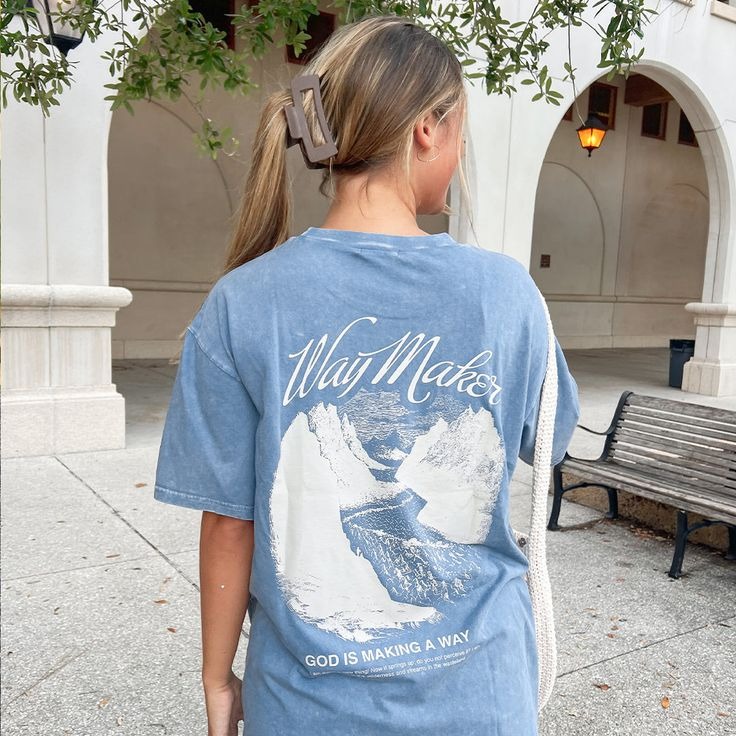Threads of Identity: The T-Shirt as Cultural Canvas

Introduction
The T-shirt, once mere undergarment and later a blank canvas for graphic slogans, has evolved into a medium that transmits ideas, fosters community, and shapes identities. Beyond its material and commercial dimensions, the T-shirt operates as a cultural artifact—reflecting and influencing subcultures, memes, and personal narratives. In this 2,000-word exploration, we delve into how grassroots movements, internet memetics, and global youth cultures harness the T-shirt, turning it into a living symbol of resistance, creativity, and belonging.
The T-Shirt as Subcultural Uniform
- Punk Rebellion: In the 1970s, punks transformed thrift-store T-shirts through safety pins, anarchic slogans, and DIY screen printing. These customized tees became badges of anti-establishment pride, forging bonds among fans of The Sex Pistols and The Clash.
- Hip-Hop Style: The early hip-hop scene in New York popularized oversized tees, often emblazoned with bold logos of local radio stations or streetwear brands. Graffiti artists and breakdancers used T-shirts as canvases for hand-sprayed tags, linking fashion to urban artistry.
- Skate Culture: Skateboarders adopted rugged, drop-shoulder tees that paired with loose cargo pants and Vans slip-ons—functional for tricks yet emblematic of a laid-back, nonconformist lifestyle. Brands like Thrasher and Supreme later codified skate tees into global streetwear icons.
- Techno Rave: In the 1990s, ravers wore glow-in-the-dark and fluorescent T-shirts printed with psychedelic patterns and techno logos, creating a shared aesthetic for underground electronic music scenes.
These subcultural uniforms function as nonverbal signifiers: a single glance at a T-shirt can reveal affiliations, values, and even political stances.
Memetics and Viral Graphics
- The Rise of Meme Tees: The internet age gave birth to meme culture—funny images and catchphrases that spread rapidly online. T-shirts featuring viral memes (“Doge,” “Pepe the Frog,” etc.) emerged as tangible extensions of digital humor.
- Influencer Collaborations: Social media stars partner with apparel platforms to release limited-run meme tees, testing the speed at which internet-born graphics can translate into real-world fashion trends.
- Cultural Commentary: Meme T-shirts often carry subtext—critiques of consumerism, politics, or celebrity culture—allowing wearers to broadcast nuanced, ironic statements through simple imagery.
By printing memes on fabric, communities stake a claim on shared digital languages, transforming ephemeral jokes into permanent wardrobe staples.
Personal Narratives and Self-Expression
- DIY Customization: Platforms like Etsy and local craft fairs enable individuals to hand-paint, tie-dye, or hand-stamp unique T-shirts that narrate personal stories, hobbies, or milestones (birthdays, concerts, travel memories).
- Lifetime Tees: Many people accumulate T-shirts over decades—each representing a concert attended, a college milestone, or a cause supported. These “lifetime tees” transform a closet into a living scrapbook of experiences.
- Tattoo Meets Textile: Body-positive and queer communities design T-shirts that echo tattoo aesthetics—delicate line drawings, emblazoned mantras, and reclaimed symbols—bridging permanent and temporary forms of self-expression.
Through tactile customization, T-shirts become intimate artifacts, carrying individual legacies beyond mass-produced novelty.
Digital Platforms and On-Demand Culture
- Print-On-Demand Marketplaces: Services like Redbubble and Teespring enable designers to upload digital art for global distribution—no inventory or upfront costs required. This model democratizes fashion entrepreneurship.
- Crowdsourced Collaborations: Brands leverage social media polls to let followers vote on T-shirt designs, fostering co-creation and deeper consumer engagement.
- Augmented Reality (AR) Previews: AR apps allow virtual “try-ons,” showing how custom T-shirts look in real-time—bridging online shopping with in-person fitting experiences.
Digital tools accelerate the cycle from concept to closet, empowering micro-brands and hobbyists alike.
Global Youth Activism and the Protest Tee
- Climate Strikes: During school-led Fridays for Future, students worldwide don T-shirts printed with Greta Thunberg’s slogans and climate data, unifying disparate protests under a common visual language.
- Social Justice Movements: From #MeToo marches to indigenous land rights campaigns, activists design T-shirts as fundraising merchandise and standing symbols. Sales proceeds often support legal aid, education programs, or relief funds.
- Memorable Campaigns: Iconic protest tees—such as the 1980s “Ban the Bomb” graphic or 2017’s “Nevertheless, She Persisted”—transcend their moment, becoming collector’s items and museum exhibits.
Protest T-shirts crystallize collective voices, converting personal wardrobes into political platforms.
The Future of T-Shirt Culture
- Hyper-Personalization: AI-driven design engines will soon recommend T-shirt art based on individual social profiles, purchase history, and even mood sensing—blurring the line between wearer and designer.
- Blockchain Authenticity: NFTs attached to limited-edition tees will verify provenance and empower secondary-market royalties for original artists.
- Smart Fabrics for Expression: Imagine T-shirts with LED fibers that display real-time social media feeds or mood-reactive color shifts—transforming passive garments into dynamic communication tools.
- Collaborative Fabric Social Networks: Virtual platforms may let communities co-author T-shirt narratives—layers of graphics added over time, creating digital “patchwork” stories that mirror communal histories.
As technology and culture evolve, the T-shirt will remain at the intersection of personal identity, collective movements, and digital innovation.
Conclusion
Beyond mere clothing, the T-shirt functions as a social fabric—interweaving histories, subcultures, memes, and personal stories. From punk basements to climate rallies, this humble garment has proven endlessly adaptable, serving as a banner for belonging and a canvas for invented futures. As we chart new frontiers in customization, digital expression, and sustainable practices, the T-shirt stands poised to remain not just a basic staple, but a vibrant medium through which individuals and communities articulate who they are and the world they envision.
